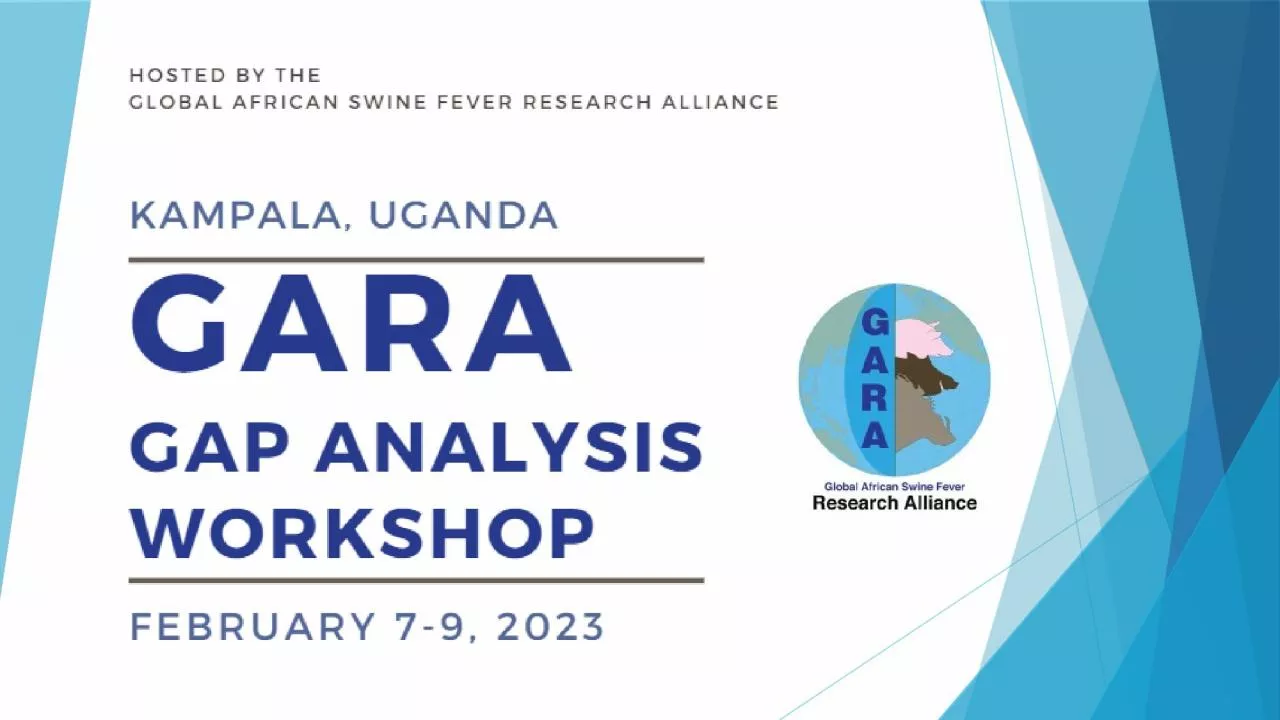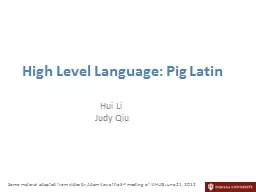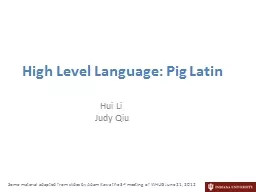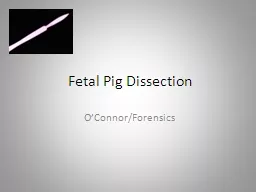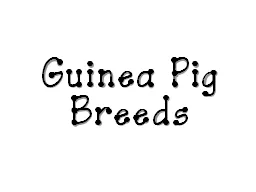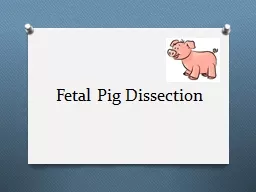PPT-Size and importance of the pig industry
Author : ava | Published Date : 2024-03-13
Cameroon A lowincome country in Central Africa E stimated population of over 258 million inhabitants of households are involved in agriculture 13 Proportion agriculturalists
Presentation Embed Code
Download Presentation
Download Presentation The PPT/PDF document "Size and importance of the pig industry" is the property of its rightful owner. Permission is granted to download and print the materials on this website for personal, non-commercial use only, and to display it on your personal computer provided you do not modify the materials and that you retain all copyright notices contained in the materials. By downloading content from our website, you accept the terms of this agreement.
Size and importance of the pig industry: Transcript
Download Rules Of Document
"Size and importance of the pig industry"The content belongs to its owner. You may download and print it for personal use, without modification, and keep all copyright notices. By downloading, you agree to these terms.
Related Documents

